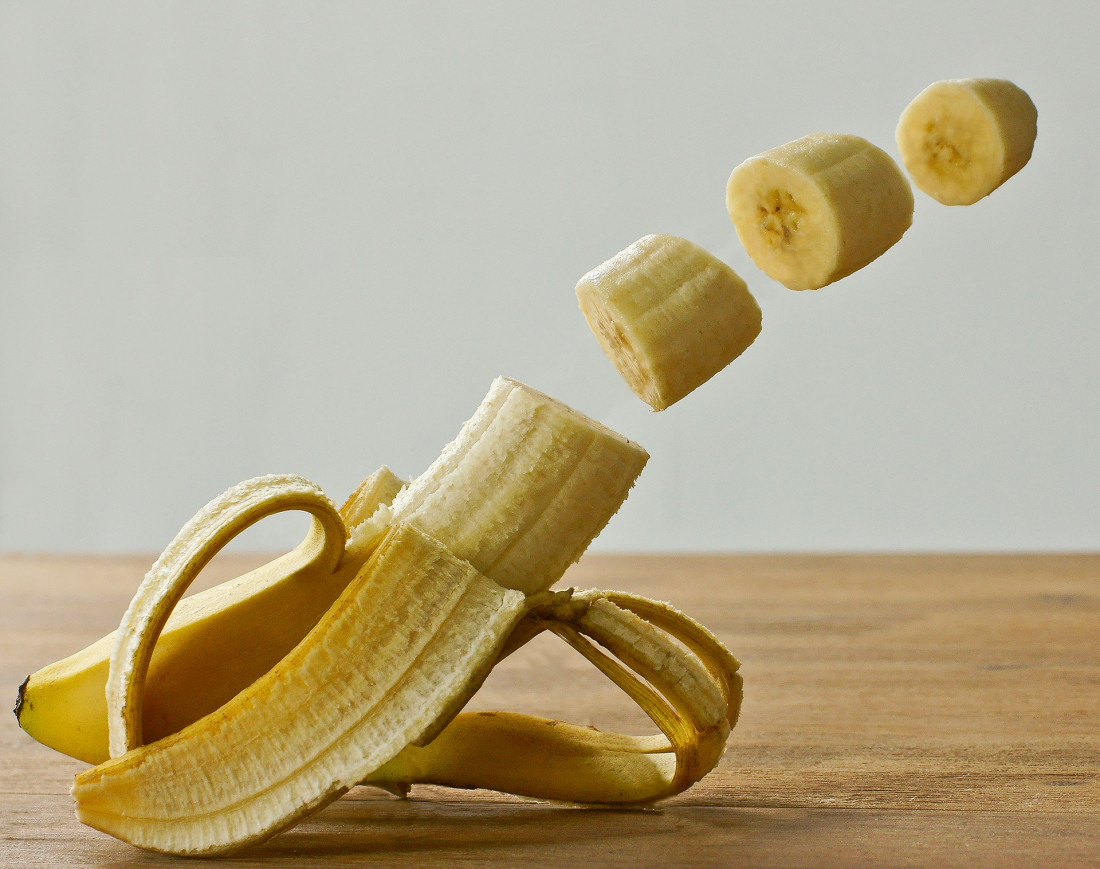When I tell people that I work for a chemical trading company (Spotchemi a.s., as you ask), the most typical response is to make a joke about how I am an illegal drug dealer. While I do sometimes long for the Scarface lifestyle, the reality is far from the cocaine highs of 1980’s Miami.
So why do people misunderstand the chemical industry?
One of the biggest factors is that a minority of people study chemistry beyond the age of 16, but whereas other subjects are largely benign (geography never hurt anyone; geology does hurt but very, very, very slowly), chemicals can have a negative aspect (chemical weapons, chemical plant explosions etc). So even though the negative aspect is less than the smallest fraction of the industry, the powerful images it carries remain.
It is this negative picture, combined with a lack of knowledge that has lead to the public’s fear of chemicals, and a love of all things ‘natural’. This irrational fear is, of course, nonsense, as James Kennedy, a chemistry teacher from Australia, chemophobia combatant, and author of the famous ‘chemical banana’, explains.
“The distinction between natural and synthetic chemicals is not merely ambiguous, it is non-existent. The fact that an ingredient is synthetic does not automatically make it dangerous, and the fact that it is natural doesn’t make it safe. Botulinum, produced by bacteria that grow in honey, is more than 1.3 billion times as toxic as lead and is the reason why infants should never eat honey. A cup of apple seeds contains enough natural cyanide to kill an adult human.”
But, whilst this logic and the banana image are helpful in fighting chemophobia, they do not help de-mystify the subject. Use of chemical names such as botulinum, ethyle-hexanote and histidine mean nothing to the man in the street. Instead it sounds like a reading from Harry Potter’s spell book, and increases public perception of industrial chemists as a mix of mass-murderer and a sorcerer.
Maybe the chemical industry needs a better understanding of the problem. The popular blogger, chemjobber, writes that, “Ultimately, this is a problem of psychology. In the age of high-investment parenting, threats to our children can overrun any rational defence a parent might be able to construct. For whatever reason, chemical risk seems to appear much more threatening to some parents. As a chemist, I find chemophobia pretty ridiculous. As a parent, I’m in sympathy — we all fear unknown threats to our kids.”
This is a very understandable situation, and one that education could help prevent, however the chemical industry lacks a unified system to explain its actions. It is a group of hundreds of thousands of companies that merely share a common goal of providing a much derided product.
Meanwhile, anti-chemical activists are growing in stature based on a wave of populism that makes wild, easily comprehensible claims. Slogans, online quotes and gifs which state easy solutions to problems, such as ‘all Monsanto products are bad’, ‘Modern beer is chemical soup’ or the now famous, ‘There is just no acceptable level of chemical to ingest, ever.’
This last one was said by the famous healthy-living, detoxifying-guru, Foodbabe (pictured), a computer science graduate who has seen great success in various campaigns to have certain ingredients removed from food. For example, she brought wide-spread media attention to the use of the oxidizing agent and dough conditioner azodicarbonamide in bread products sold at Subway, McDonald’s and other well known brands. Such was the negative publicity that, rightly or wrongly, most retailers had the product removed from their recipes. One of the keys to the argument was that azodicarbonamide was also used to make the bubbles in yoga mats, and was therefore a bad ingredient for food.
This must have had a devastating impact on some food chemical traders and manufacturers, and might make other chemical producers wonder where the media spotlight will fall next. Lazy science and ‘bad by association’ logic benefits no one, and instead only creates a culture of unnecessary fear. For example, the self-styled ‘food babe’ [real name Vani Hari] has also complained about the quality of air inside passenger aircraft, claiming that, “The air that is pumped in isn’t pure oxygen either; it’s mixed with nitrogen, sometimes almost at 50%.”
If you want a further laugh you can take the ‘Food Babe quiz’ at Chemistry Blog “Can you tell Vani Hari quotes from other irrational nonsense?”
While to the informed the thinking behind such statements is hilarious, it can cause fear and panic to the less-educated.
Meanwhile, the battle for sensible science and a better understanding of the chemical industry loses further ground. How this war will be won is not yet known. Chemistry is a complex field, and if pop-science is making headway with catchy phrases such as, ‘if you can’t pronounce it, don’t eat it’. Then perhaps the chemical industry should fight back with some slogans of its own. As the online media reviewer ‘Whatculture’ cleverly suggests, “Perhaps a better tagline would be “If you can’t pronounce it, and you think it is cause for concern, learn to pronounce it and educate yourself on its effects in order to make an informed decision.”
But that’s not so catchy, is it?

